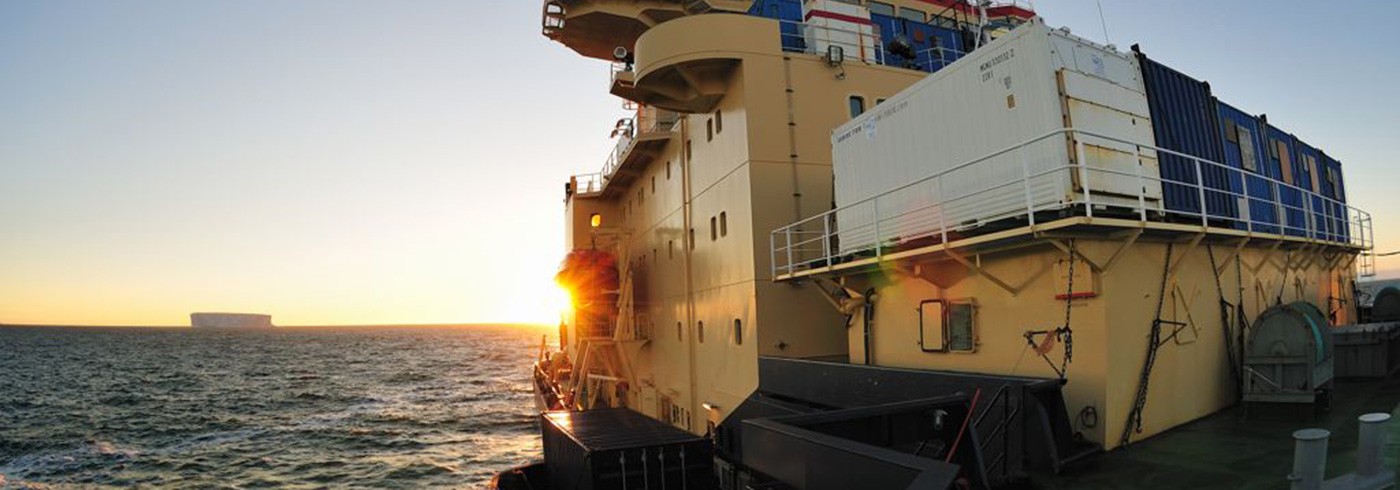The everyday life for organisms in Antarctic waters is harsh, not only due to low temperatures, but also due to occasional extremely high levels of ultraviolet radiation (UV). Just as humans, organisms face this threat by either UV-protections, such as photoprotective pigments, or by moving into the shade during periods with high radiation.
Our study organisms, small crustacean zooplankton (1–2 millimeter long), occur both in Antarctic lakes and in the sea, but have completely different life conditions. In lakes, where predators, such as fish, does not exist, the zooplankton can use efficient protective, bright red, pigmentation. However, in the sea predation from fish is very high and using red pigmentation as protection to UV would make them extremely vulnerable to visually hunting predators. So, the only option left for marine zooplankton is to move downwards to depths where UV does not reach.
Accordingly, we have found that marine zooplankton are almost unpigmented, despite the high UV, but are performing strong migrations between deep, UV protected waters during day, and surface waters during night. In addition to studying vertical position and pigmentation levels of zooplankton in the sea, we also perform an experiment on board Oden where zooplankton are exposed, or not exposed, to UV. In this way we are investigating if they are able to induce pigmentation, that is, to change their strategy from hiding out in the shade (migrate to deep waters) to using sun protection (protective pigmentation). Hence, we aim at understanding how organisms manage this hostile environment and why they use different strategies at different locations.







